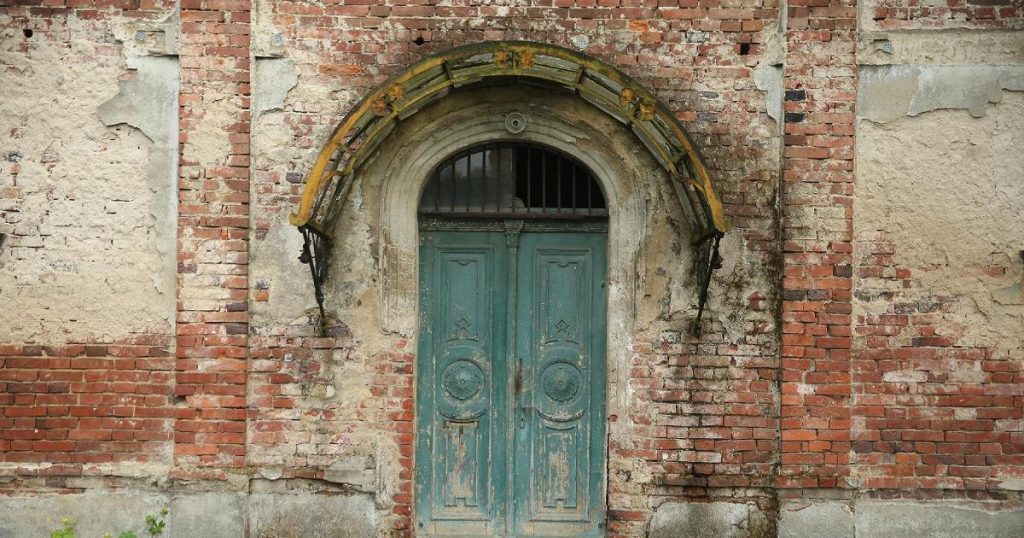The recent case of the girl found dead in a dilapidated church in Val d’Aosta has shed light on the phenomenon of tourism linked to abandoned places. This type of tourism, now referred to as Urbex or Abandonalism, involves visiting cemeteries, villas, urban structures like schools and offices that were once inhabited but have since been abandoned. These places are left to decay, eroded by time, leaving behind the question of whether anyone was ever happy there. While exploring abandoned places can be dangerous, with the risk of collapsing roofs or stumbling on debris, it continues to attract many enthusiasts who are drawn to the ancestral appeal of bygone eras.
Online platforms feature photos, documentation, and narratives of explorations in decaying buildings that evoke a sense of nostalgia and wonder. Visitors describe stepping into a fairy-tale world filled with stories of sweetness and neglect. The allure of these abandoned buildings extends beyond ancient ruins crumbling to the ground. Industrial archaeology has also become a point of interest, offering a glimpse into the lives of workers who inhabited these spaces and the transformation brought about by modernity. The curiosity to learn about their lives before, during, and after their time in factories, cinemas, and other industrial sites adds depth to the fascination with abandoned places.
Apart from historic ruins and industrial relics, former nightclubs from the 1990s have also become popular destinations for Urbex enthusiasts. Frozen in time, these locations provoke thoughts of what may have transpired within their walls. The appeal of exploring abandoned places goes beyond a mere hobby or passion; for some, it is a way of life that involves a deep love for the artistic and socio-cultural heritage of a country. The act of Urbex is not just about exploration but also about sharing the stories and histories of the places visited, connecting with the invisible aspects that are often overlooked by others.
For many adventurers, the thrill of encountering abandoned sites lies in the mix of fear, nostalgia, and excitement that they evoke. The experience prompts reflections on the fleeting nature of life and the intrinsic beauty of the past, even when it is in a state of abandonment. The admiration for derelict places and objects can be attributed to their ability to symbolize the impermanence of human endeavors and the cyclical nature of time. The allure of ruins lies in their capacity to inspire contemplation on the cosmic tragedy of nature reclaiming its hold, making them a source of artistic and emotional inspiration.
Sonia Paone, a professor of urban sociology at the University of Pisa, delved into the fascination with abandoned places in an interview, noting how ruins have always captivated people by reflecting the impermanence of human achievements and the relentless passage of time. In today’s context, the idea of nature reclaiming abandoned spaces adds an element of cosmic tragedy and inspiration to these decaying remnants. Exploring forgotten places allows individuals to connect with the past, contemplate the transient nature of life, and find beauty in decay. The mix of emotions stirred by these abandoned locations highlights the human desire to understand our place in the continuum of time and the inherent fragility of existence.


